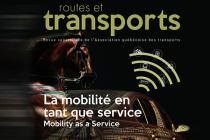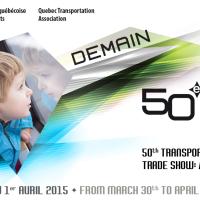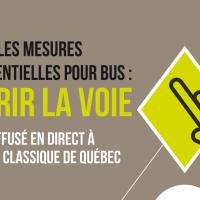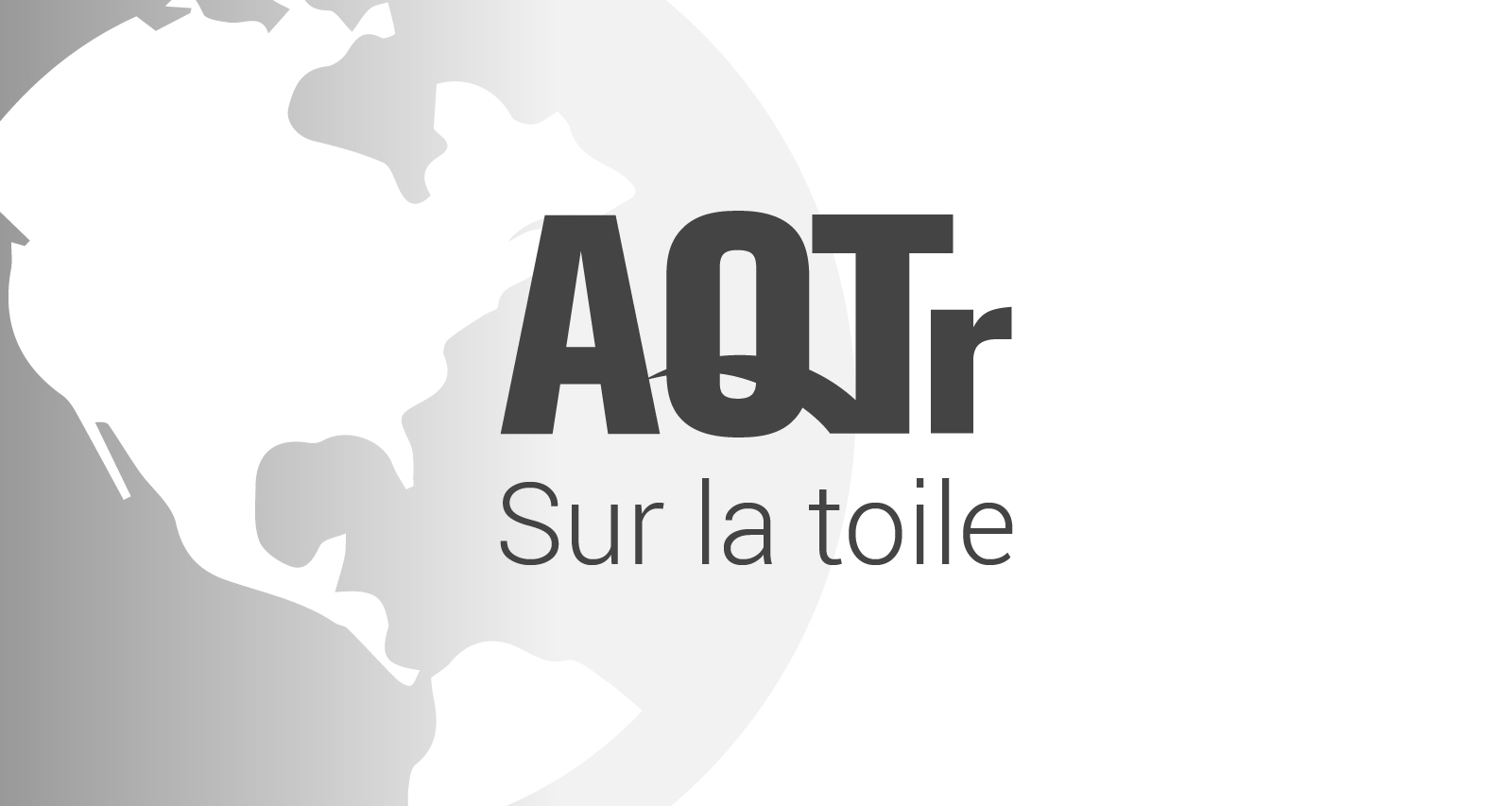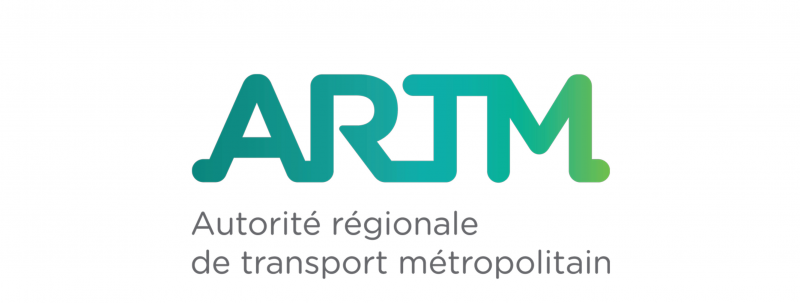The Shared Mobility User Experience: from the Physical to the Digital

What started in the late 1940s by the tenants of a housing cooperative in Switzerland has now reached the masses. Anybody you talk to today has heard of Uber, Zipcar, or car2go. There are over 4.5 million car-sharing members worldwide and more than 8 million users are members of the largest taxi-hailing provider, Uber. Blablacar, the largest carpooling provider, claims to have more than 20 million members worldwide. Additionally, there are over 500 bike-sharing systems worldwide: there are more than 127 providers in China alone.
It’s difficult to overstate the enormity of the change as vehicle manufacturers, public transit agencies, and municipalities grapple with the change and adapt to new methods of moving around town while trying to meet their customers on their own ground.
Arthur D. Little has published a report in 2014 called “The Future of Urban Mobility 2.0” and identified an innovation curve that still holds true today. Shared mobility for the mass market is all about community and centred around the user.

What follows is a detailed report of how innovation has supported the user experience and enables an even more widespread adoption of shared mobility services. The article will highlight three ways that technology has and will shape the customer experience in shared mobility.
1. Simplification – move it to the user’s smartphone
Think of the ways shared mobility members had to connect with a provider 20 years ago. In the 1990s, members of Mobility Switzerland (the oldest car-sharing operation in the world) would receive a lockbox key and a list of stations of car-sharing vehicles. The lockbox was mounted to the wall of a building somewhere close to where the vehicle was parked. A member needed the lockbox key to retrieve the vehicle key and only then could gain access to the booked vehicle. Recording trip information was a manual task that was based on the honour system. At the end of each reservation, members would record the kilometres driven and hours spent in the car in a logbook and the operator would bill accordingly. Car-sharing was a clunky and time-consuming experience and only the truly committed signed up for it.
Fast forward to 2016 and the world of shared mobility has shifted to the digital world. Booking and accessing cars, bikes, or electric scooters is as simple as downloading an app and registering with the shared mobility provider. We saw this changing as early as the mid-2000s when more advanced telematics systems allowed for the first free-floating car-sharing services, but the seismic shift in customer patterns didn’t happen until the physical truly overlapped with the digital.
Even the on-board experience is shifting to the shared mobility app. The first generation of car2go’s system still had a built-in touch screen, the so-called board computer. BMW’s DriveNow experience has integrated the onboard experience into the native navigational system. This integration allows for a two-step security (entering a pin that is associated with the account), reporting damage or cleanliness issues, and navigational purposes. However, while this information is useful from an operational perspective, the clutter of different screens in the car would confuse and frustrate members. They complained about the additional time the reporting took, or sometimes they would not understand how to use the touchscreens at all. In the past two years, two trends have shifted the onboard experience to the member’s smartphone. Many automakers are opening up their operating systems to allow third parties to develop apps. The easiest solution is to allow a third party to develop car-sharing functionalities and then integrate them directly into the automaker’s operating system. The second is to add any reporting functionality on the consumer’s smartphone, a trend that car2go and BMW’s ReachNow program in the United States have followed. Now, an entire generation has been raised in a “phygital” shared mobility culture where anything is accessible, whenever, and wherever.
2. Stability, reliability, and speed: three key elements to great user experience
Technology has driven the change in shared mobility and there are multiple components that allow a system to run successfully. From the cell phone carrier that powers the telematics system in each car to the text messaging service that confirms a reservation, there are multiple players needed for a successful booking. In fact, the systems are so complex these days that outages are inevitable. For instance, BMW’s ReachNow service in Seattle experienced connectivity issues with its vehicles for five days because of network connectivity changes made by their telecommunication provider of choice. With car-sharing having reached the masses, providers are working very hard to have the right fallback plans in place to ensure a smooth user experience and guarantee reliability to move around town at any given time.
In addition to stable and reliable experience, app speed to reserve and unlock a vehicle is becoming increasingly important. By the time shared mobility users open the app, they generally have urgent mobility needs and need to get from A to B. In 2015, the car-sharing operation Evo (created by BCAA) evaluated that the benchmark to unlock a vehicle through the app is 30 seconds. More choice in the market also means higher expectations of providers. These days, the most loyal users will complain if the app takes more than 30 seconds to unlock a vehicle. Everybody else will simply abandon the service and look elsewhere. For some users, being served quickly has such a value that they are willing to pay more, as Uber’s success with surge pricing has shown. During peak hours and when Uber cannot meet the demand, they increase prices, oftentimes to the multiple. This helps Uber incentivize more drivers to be on the road during that time and meet customer demands.
3. Not perfection, but continuous improvement is the foundation of great user experience
Historically, building infrastructure for public transportation or vehicle manufacturing took years because the ultimate goal was to deliver safe and reliable services. Sound planning and in-depth R&D was the foundation upon which the next generation of public transit systems or vehicles were built.
The accelerated pace of change is also influencing these cycles. Combined with an increasing digitalization, development has become more agile and experimentation is part of the process. Many companies embrace the minimum-viable-product (MVP) approach to launch their new mobility services. The approach is well known from cash strapped startups. They release a product that allows their team to learn as much about their customers with the least amount of development effort and cost. Yet even large and century old players such as BMW or BCAA embrace the MVP approach these days. Both companies collaborated with digital startups to build their free-floating car-sharing services, ReachNow (BMW) and Evo (BCAA), in just nine months. That is a record-breaking development time for both companies. With the agility of the startups, both companies were able to deliver a service much quicker while the startup profited from the financial backup of the legacy company.
Once the service is released, the test-and-learn approach to new customer experiences continues. It gives companies an opportunity to test new features on a small scale, then measure results and gauge reactions before rolling them out to a larger audience. In fact, Blablacar, the world’s largest carpooling operator, has embedded this approach into the company’s value system. Through “Fail, learn, succeed”, Blablacar embraces the fact that they may not have the perfect solution at first, but through continuous, accelerated iterations and a focus on the user experience, their service is improving.
This type of experimentation can also be found in marketing and engagement strategies with customers. ReachNow, the free-floating car-sharing service by BMW, launched the service in April 2016 without the ability to use promotional codes. The feature was added later and released in July and the company used it very skillfully to compensate their members for the five-day outage mentioned earlier in this article. ReachNow’s CEO publicly admitted that the service is going through “some growing pains” and at the same time announced a $10 gift credit to every member in Seattle valid for one weekend. The announcement came just days after the promotional code feature was released. The benefit of an agile and experimental approach allows companies to incorporate their customers’ feedback much faster, and to develop their operational readiness at the same time.
Regardless of which area we look at, shared mobility services today have a higher service component than in previous decades. Consumer needs are varied, they depend on cultural, educational, financial, and social backgrounds and they change at a faster speed than ever. Eliminating customer pain is about cutting away challenges and leaving only the good stuff.
Forrester’s 2013 report found five key ways companies are reducing the ouch-factor in transactions:
- Automate repetitive or mundane tasks: ReachNow allows members to register through the app without having to visit a retail location.
- Eliminate outdated steps: car2go has eliminated the need for members to refuel during their trips, the infield operations team now deals with that.
- Focus on experience high-points: Evo allows members to enjoy Toyota’s experience without any additional screens inside the vehicle.
- Increase transparency: Uber provides regular updates to members as to how far away the driver is and how much longer the member has to wait.
- Introduce new experience models: Integrated mobility is the next way to introducing shared mobility to a wider audience. A step in this direction is Ubeeqo, a service that combines car-sharing with counterless rental as well as a taxi service, providing members with a first and last mile solution regardless of the time of day or need.
Shared mobility providers are designing new ways to meet our mobility needs: they are building new ways to move us around that weren’t there before. And they are finally framing the user experience in human terms instead of technology alone. Constructing the path can be a lot of work, but it is work that is wasted if it has no value for the customer.
About the author:
Sandra Phillips has helped large organizations launch shared mobility services since 2010. In 2014, she founded movmi, a boutique agency specialized in shared mobility design: the planning, implementation, and launch of new mobility services.
We partner with shared mobility brands and develop engaging customer experiences that are backed by strong operational practices.
movmi has worked with a wide roster of clients and brands, including Daimler, BMW Invers, Ekar, and BCAA. Find out more at movmi.net.
Resources:
http://tsrc.berkeley.edu/sites/default/files/Summer%202015%20Carsharing%...(1)_0.pdf
http://innovativemobility.org/wp-content/uploads/2016/02/Innovative-Mobi...
http://www.lenati.com/wp-content/uploads/legacy/LETS_GET_PHYGITAL.pdf
https://worldstreets.files.wordpress.com/2014/08/adlitle-fig-12-csg.jpg
http://www.metrolinx.com/en/regionalplanning/rtp/review.aspx
https://www.move-forward.com/three-trends-that-will-shape-the-future-of-...
https://www.move-forward.com/what-will-the-future-of-car-sharing-hardwar...
https://www.move-forward.com/the-next-big-thing-for-integrated-mobility-...
http://www.geekwire.com/2016/bmw-gives-10-thousands-car-sharing-members-...

